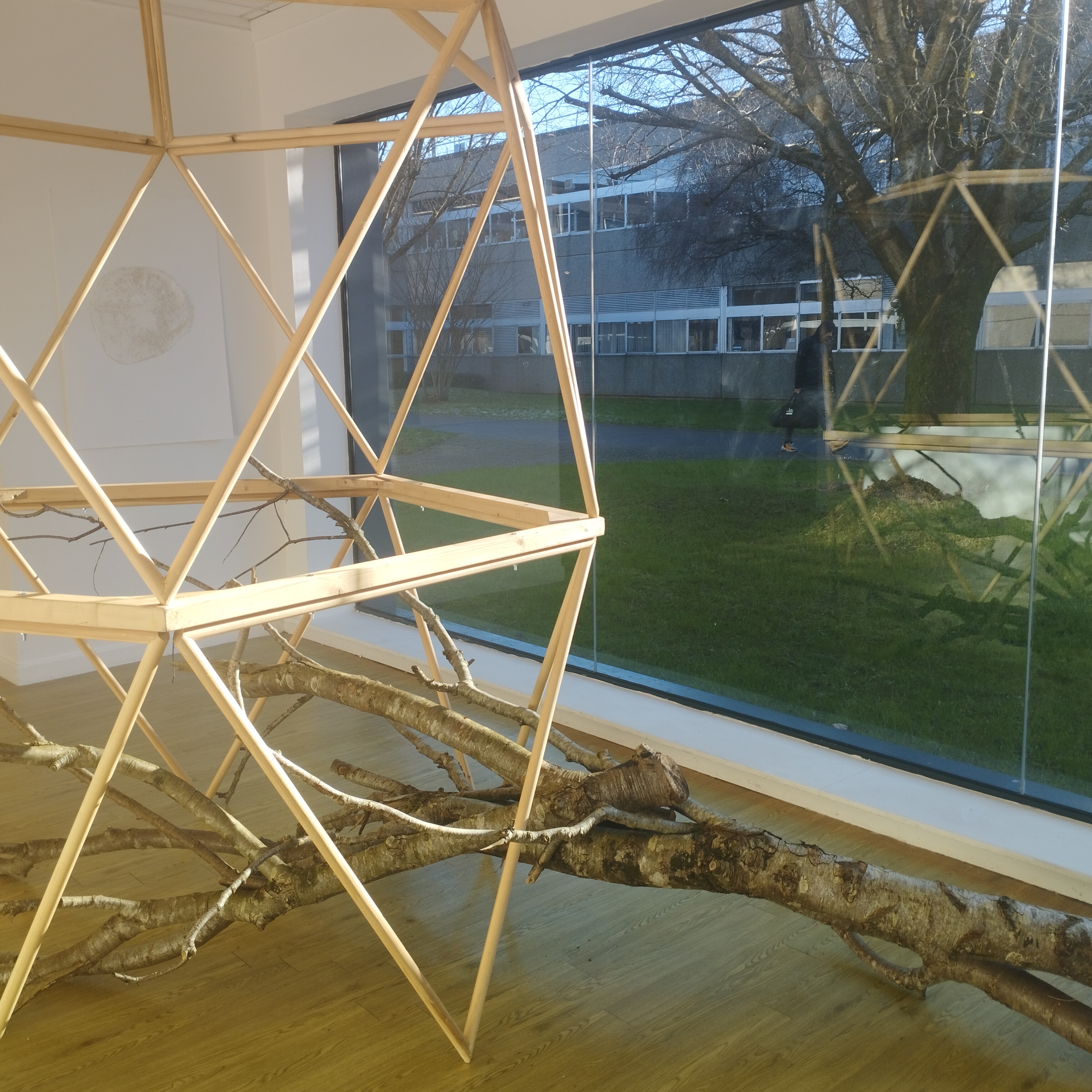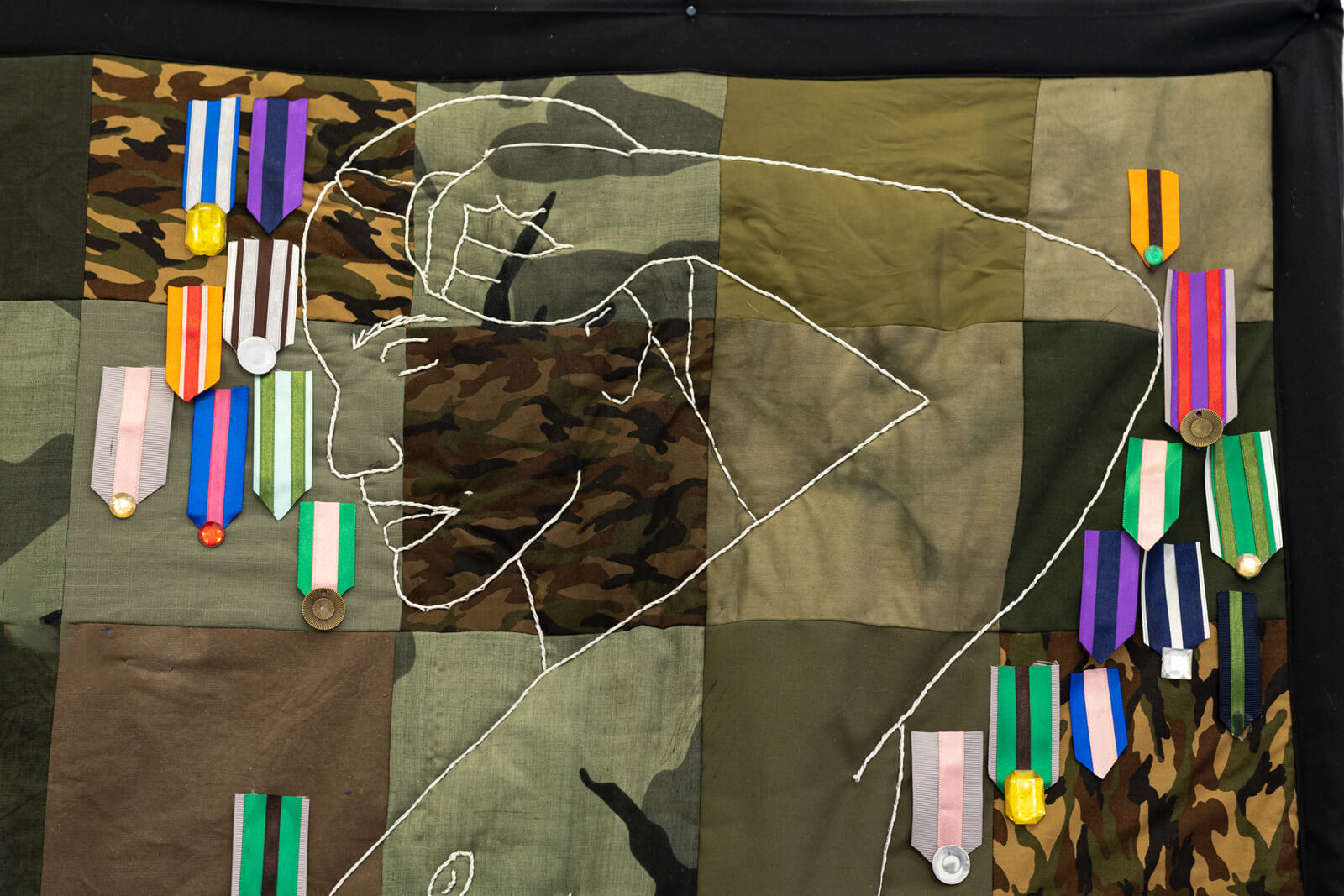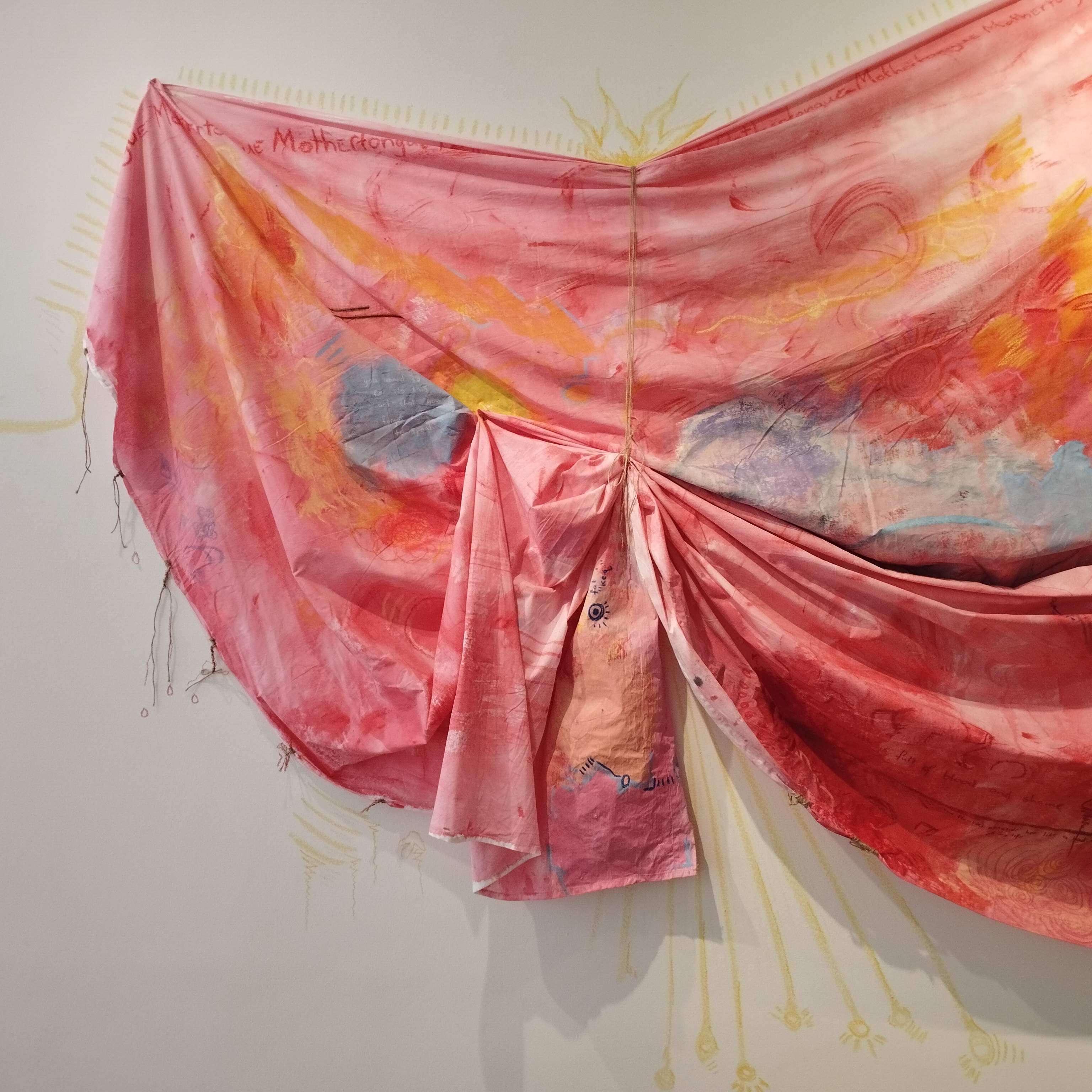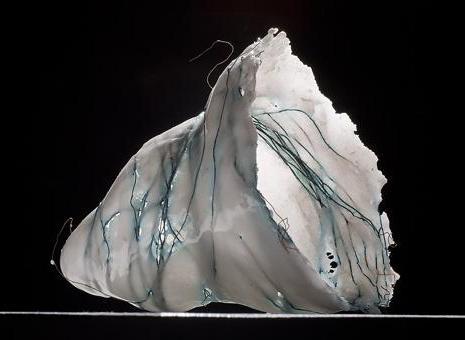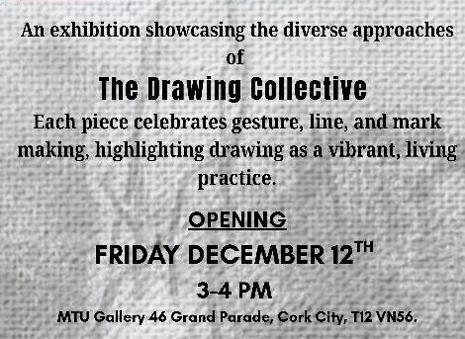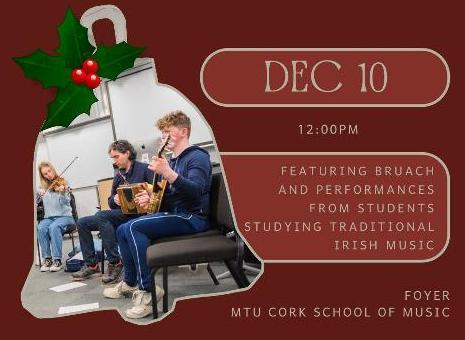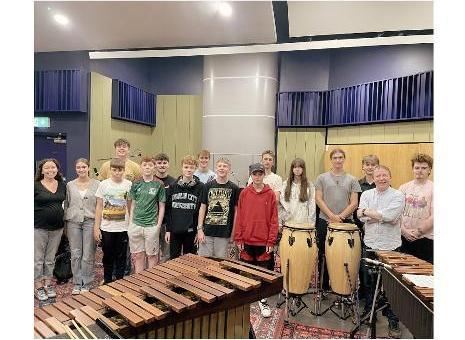“Ar Scáth A Chéile / In Each Other’s Shadow”
MTU ARTS OFFICE ENVIRONMENTAL AWARD EXHIBITION '24
James Barry Exhibition Centre, MTU Bishopstown Campus, Cork
15 January – 9 February 2024. Mon-Fri 10am-4pm
Launch Event Wed 24 January at 1pm.
MTU Arts Office annual exhibition focussing on the environment, features the work of early career artists who arerecent graduates of MTU Crawford College of Art & Design.The title comes from an old Irish saying “Ar scáth a chéile a mhairimid”, which can be translated as “In the shadow of each other we prosper”. The exhibition aims to discuss the shadows we cast and the shadows we live with, the impacts our decisions have on each other, our relationship with the wider natural world, and our
responsibilities as inhabitants of that world.
This is the fourth Ar Scáth A Chéile Award Exhibition, and presents works from MTU Crawford College of Art & Design - 2023 BA Degree graduates from Fine Art, Contemporary Applied Art, and Photography with New Media: Andrea Newman, Avril O’Sullivan, Lucy Quane, Kate Dukelow, Oskar Szewczuk, Roksana Mucaj and Roselyn McNally.
With poster designs by MTU Visual Communications graduate Marilyn O'Leary.
Their works in drawing, print, photography, text, textiles, and sculpture explore the environments we create for ourselves and others. They investigate topics of social awareness, body image, identity, culture, housing crisis, inclusion, nationality, the mundane, climate, appearances and perceptions of oneself and surroundings.
EXHIBITION GUIDE:
ARTIST STATEMENTS
Andrea Newman
Artist Statment
My work explores Ireland’s housing crisis through the use of photography and text-based work. As a young adult in Ireland, emigration feels inevitable and through my work, I am exploring dereliction and also reclaiming lost parts of the Irish language. I use screen printing for my text-based work and I have been exploring zine and bookmaking to archive this work. I am specifically documenting the irony and classism of the use of steel to board up vacant council housing during a housing crisis. Through the use of photography and installation I am confronting the viewer with these landscapes and derelict spaces they normally would not be faced with.

Avril O’Sullivan
Artist Statement
As a photographer, I am drawn to the energy and vibrancy of Corks drag scene, which inspires me to capture the artistry and talent of its performers. My project is a personal exploration of this unique and captivating world, through which I hope to
pay homage to the incredible skill and creativity of these artists. The Queens of the scene were instrumental in my growth as a photographer, through their trust and encouragement. My aim was to create a photobook that not only documented their
journey and progression as talented artists and performers but also served as a tribute to their comradarie and celebrates the unique voices of Cork’s small but mighty Queer community.
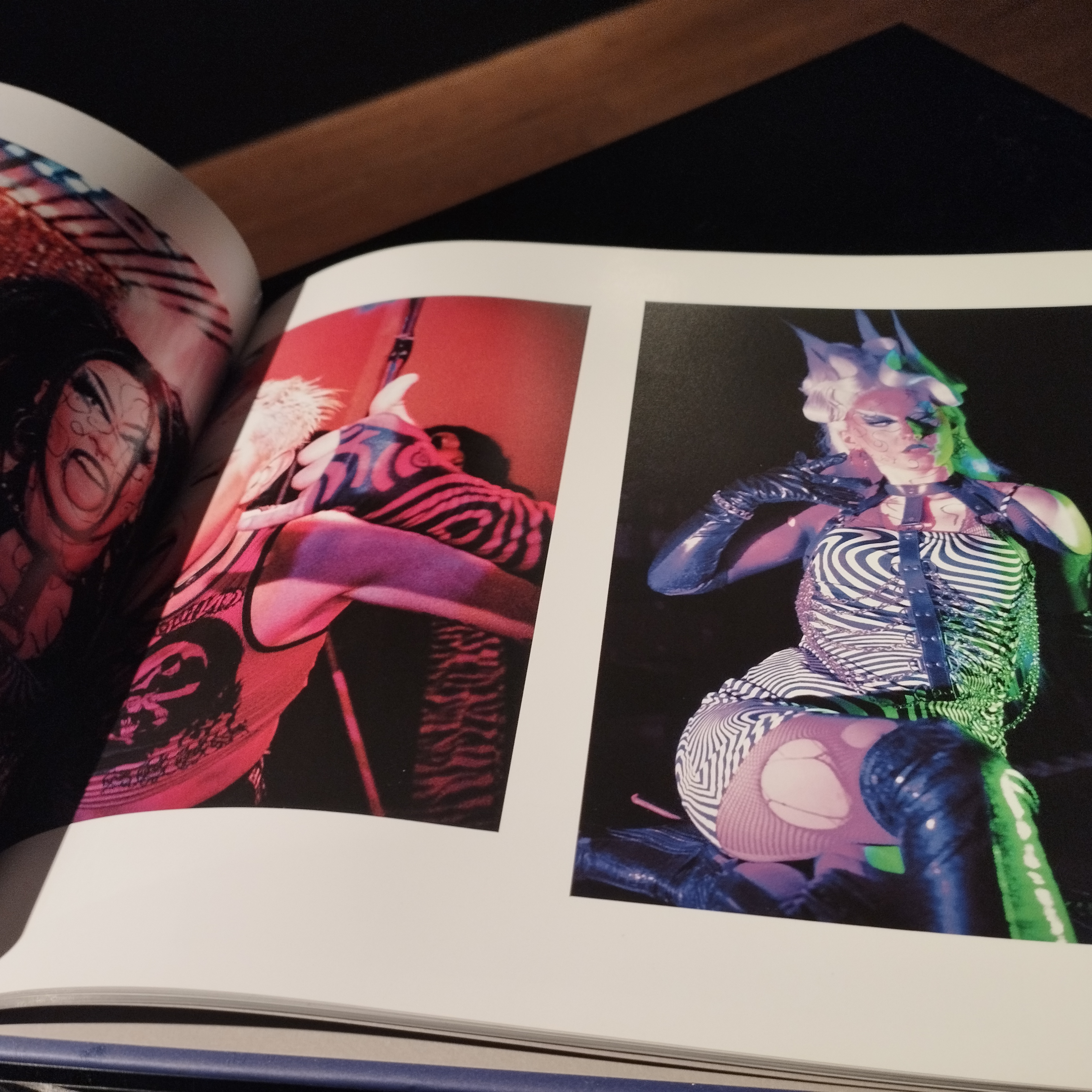
Kate Dukelow
Artist Statement
My work focuses on the everyday, particularly the beauty in the mundane, and expressing what I see. I purposely use analogue photography with a range of display methods. My view of the world is grainy due to my visual snow. The grain of photographic film is and so it’s more entwined to how I experience the world around me. My photographs take the form of 2D prints with clear wall hangings to showing my hand in the process of installation. I explore the passing of time, in everyday, doing so by taking images of the same item or scenario each day. I am drawn to colour, architecture, flowers and formal lines.
I portray my subjects in an intimate and, documentary style showing the spaces I occupy. I aim to encapsulate the act of looking for myself. I play with the concept of what someone surrounds themselves with and what they notice first in an environment. I rarely shoot self-portraits, though my photographs act as self-portraits through the acts of looking and photography. With them grouped together for installation, these images act as one.
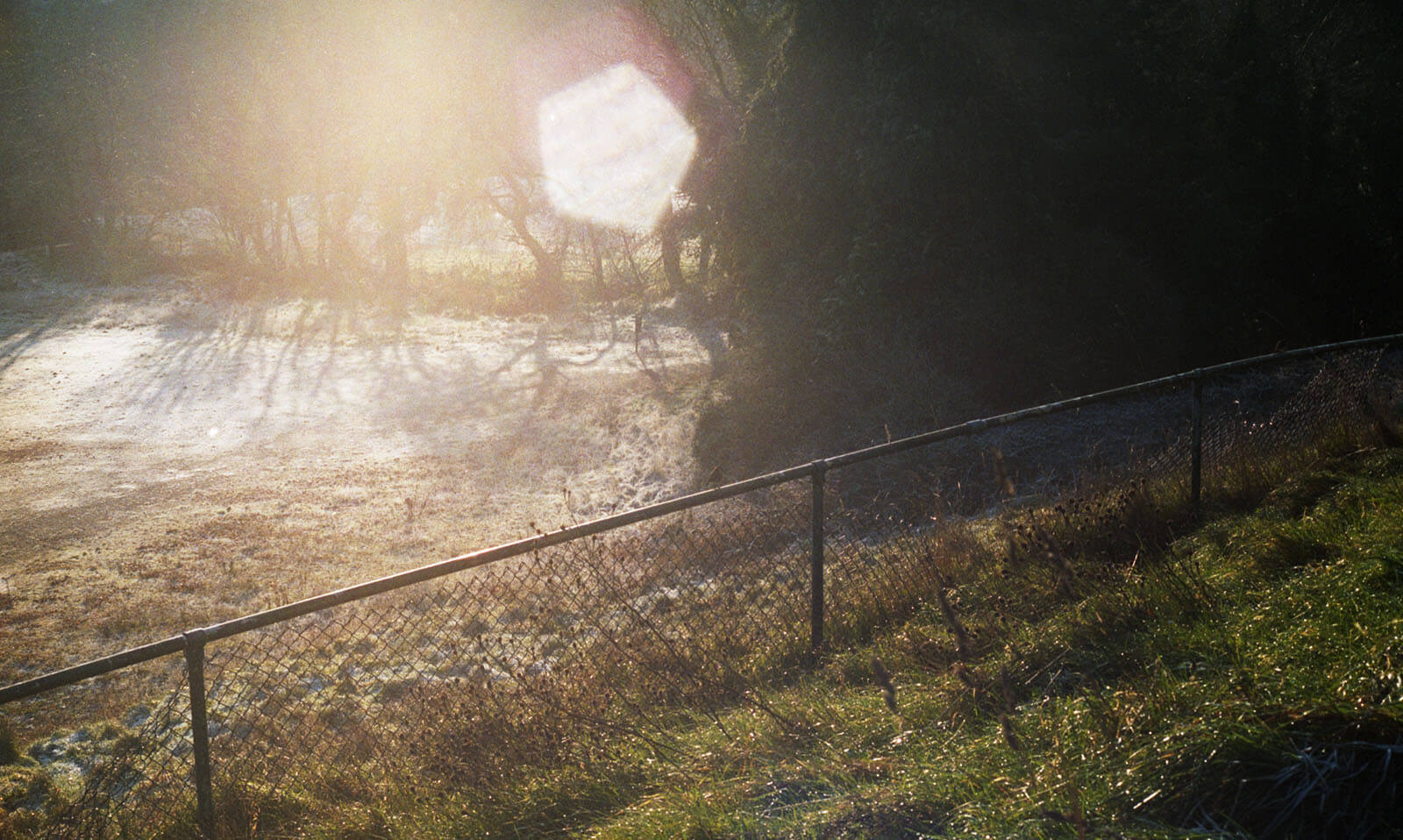
Lucy Quane
Artist Statement
In my artistic practice I am exploring cultural narratives around disability and illness, as well as the overlap between these narratives and the lived experience of people with disabilities. I am specifically focusing on the relationship between disability or
illness and the bed, and the ways that it can be both a safe haven and feel restrictive and imprisoning.
Fatigue, and a complicated relationship with rest, which is both a necessity and sometimes an unattainable luxury, are something many people with disabilities and chronic illnesses experience. These experiences are often misunderstood by people who have never experienced disability or long term health issues.
I have researched disability theory, and the importance of representation within media, as well as the effects these representations can have on wider cultural and social attitudes. Some of the writers I have been looking at include Amanda
Leduc, who explores disability within fairytales, and Leah Lakshmi Piepzna Samarshina, who speaks about inter-community care and intersectional disability spaces. I am interested in the surrealist movement, and the way that many surrealist artists tell stories within their art, like Frida Kahlo and Leonora Carrington, as well as the ways that their work connects to their experiences of disability.
The traditions of textile art, as well as other specialties that have been historically considered ‘feminine’ crafts, and their importance in storytelling, creative expression, and record keeping for women, enslaved people, and other marginalised groups, are integral to my practice. The appreciation and continuation of these crafts, as well as the understanding of their historical significance, is very important to me. The quilters of Gees Bend, Louise Bourgeois, and Sally Hewett are some of the textile artist that I have been looking at, as well as historical examples with anonymous creators like the Bayeux tapestry. By combining these elements, I hope to create work that is accessible to both disabled people and non-disabled people and conveys a narrative that is relatable to people with a wide range of experiences.
Oskar Szewczuk
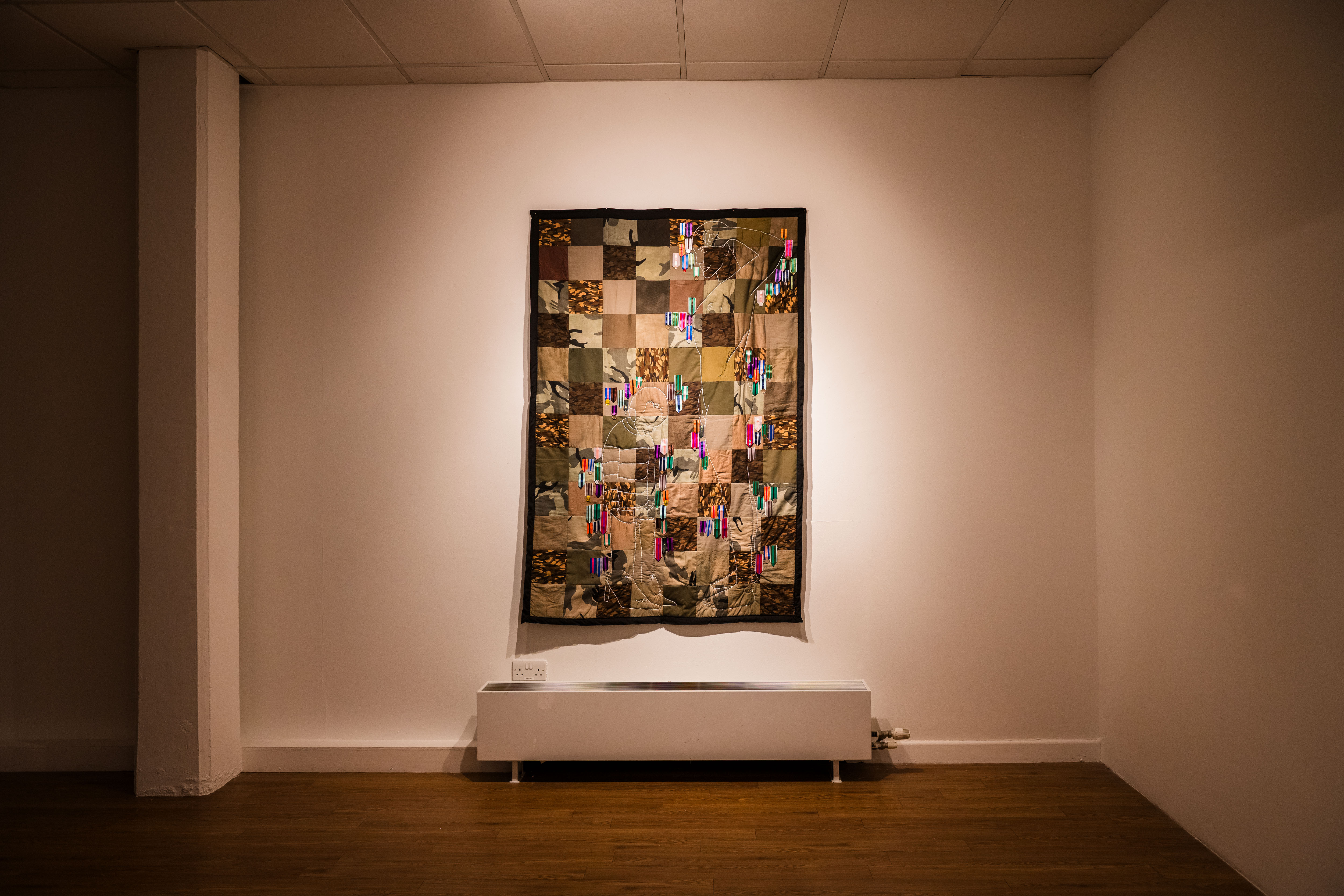
Artist Statement
My work has always been centerer around the themes of the body and the human form. In recent years the work has developed strong themes of queer art with the use of body image. My own experiences with body inspire me to make unconventional artists books reflecting my Polish heritage. There is a vulnerability in my work that contradicts with the masculine army themes. I work with bookbinding, papermaking, fabric collage, quilting and drawing. My process always begins with drawing of my body and how I reflect to my own drawings fuels my making.
Roksana Mucaj

Artist Statement
My work is informed by my identity as both Albanian and Irish. My focus revolves around the Third Space Theory which is taken from the work of cultural and post-colonial theorist Homi Bhabha. It speaks about one space (Albania), a second space (Ireland) and the third space being the liminal space in between. The Third Space enables the creation of something different, something new and unrecognisable, a new area of negotiation of meaning and representation. As a mixed media artist I
employ painting, photography, text, and old objects to investigate issues of displacement, family, language, memory and loss of culture. I portray nostalgia and the anxieties connected to the memories I have of moving away so young. I enjoy
painting from old photos I have from Albania and overlaying them with text, whether it be with Albanian songs, Irish poems, or just text that resonates with me. I find this attempts to connect the two cultures. The idea of displacement, or loss of culture, is
a big theme in my work as it has affected not only me, but also my family and millions of others across the world. It is a familiar feeling for many people, and I feel it is a very important topic to dissect.
Roselyn McNally
Artist Statement
‘Geometry lies behind everything as a living force,
Not as a dead, abstract, intellectual invention,
But as a reality in motion.’
- David Nash (b. 1945) Artist and sculptor.
The installation at the centre of my exhibition is an icosahedron structure which I
have used to depict mankind’s attempted protection of the natural environment.
Through working in print my aim is to communicate my own enjoyment of the natural
environment and to delve into my appreciation of the meditative atmospheres that
can be found in natural settings.
My laser cuttings explore the ephemeral in the art-making process by burning into
paper echoing environmental disintegration due to encroaching climate change.
This motif is also represented in the base of the icosahedron which conveys the
precarious balance between protecting nature and unwittingly destroying it.
Relief from the hectic day-to-day comes when one is able to immerse oneself in
nature and achieve a solitary, meditative experience. This is reflected in the works of
artists Rodrigo Arteaga (b. 1988) and David Nash (b. 1945) and poet W. S. Merwin
(1927 – 2019) whose works addressing the tipping point of sustainability and climate
change have influenced my own.
